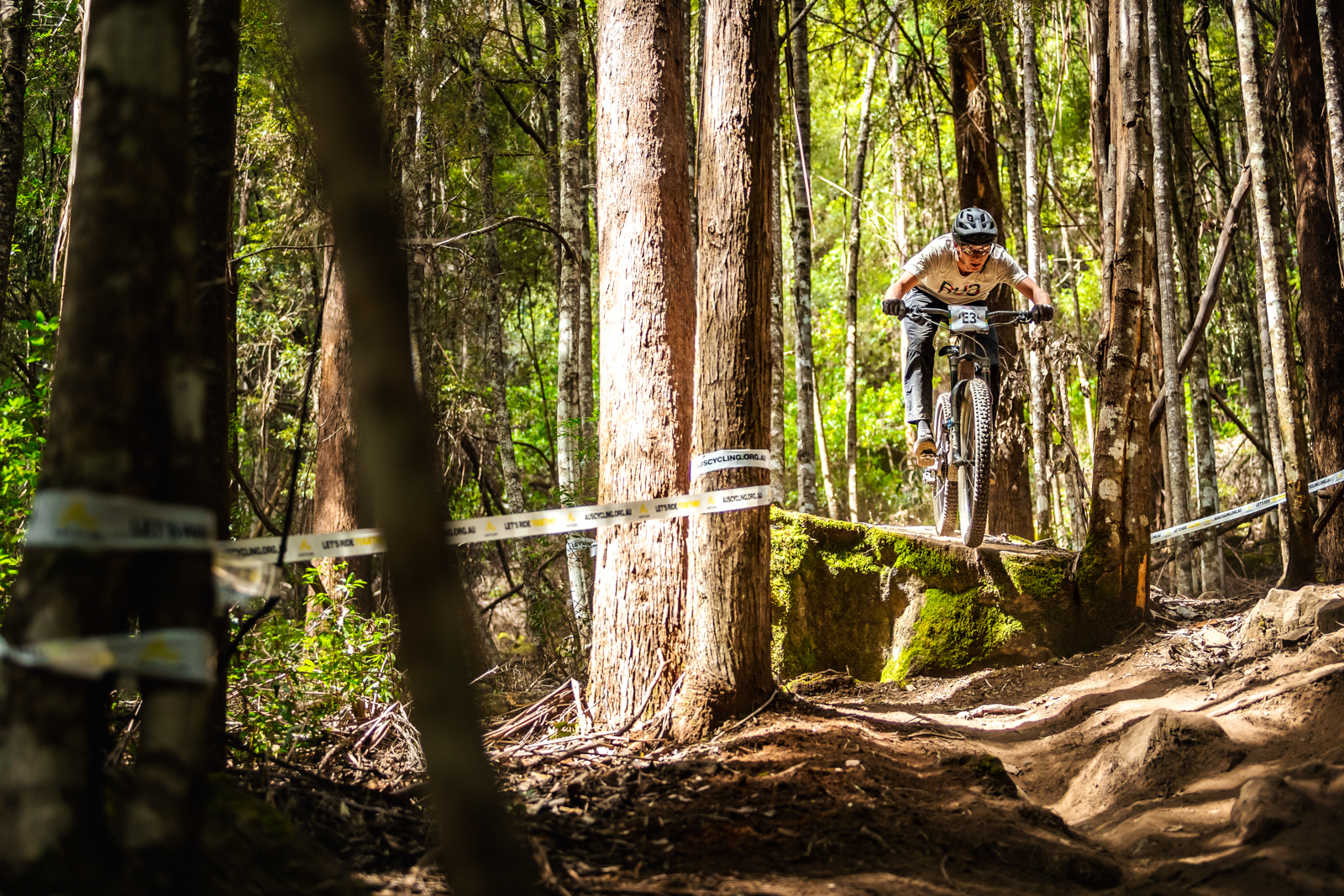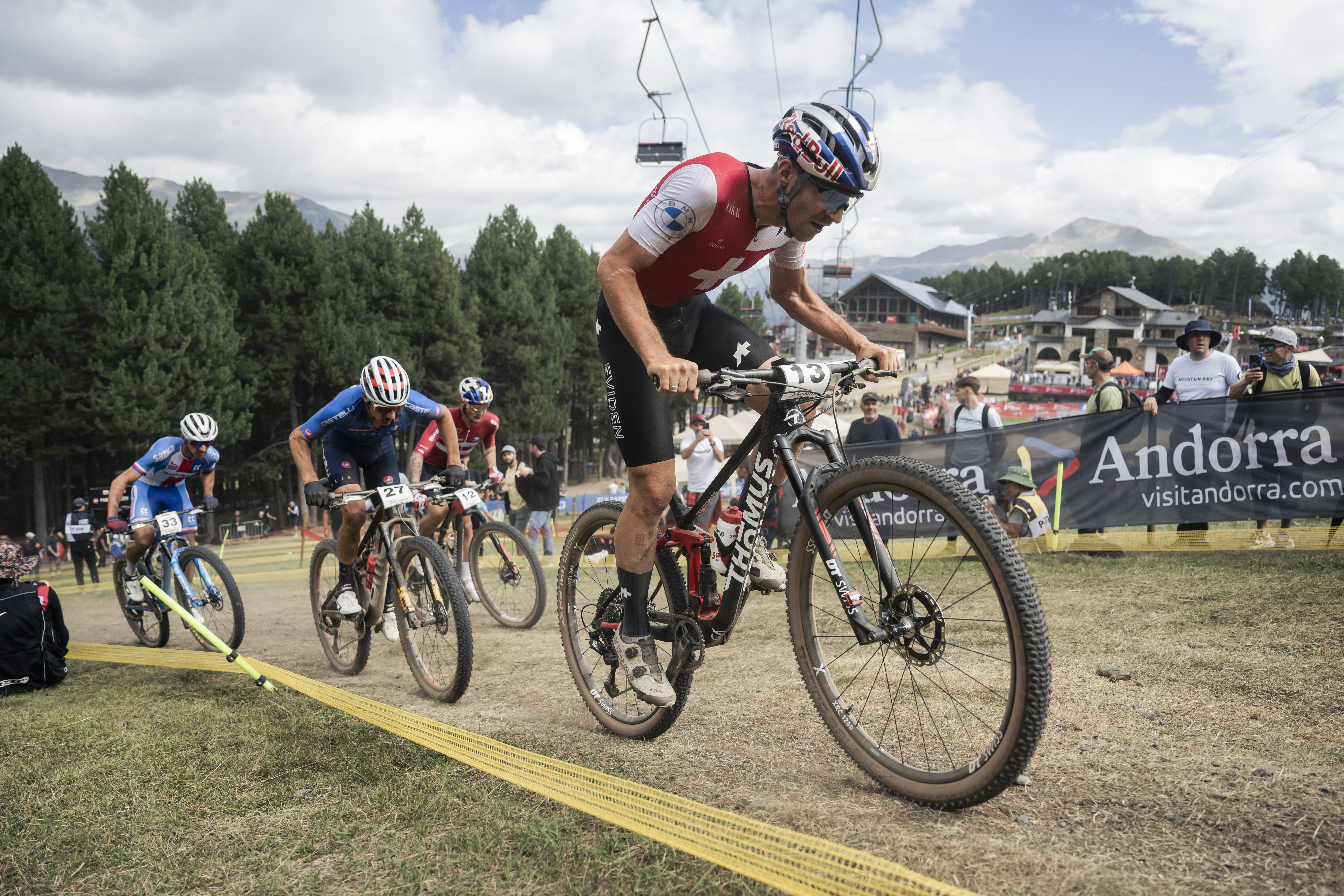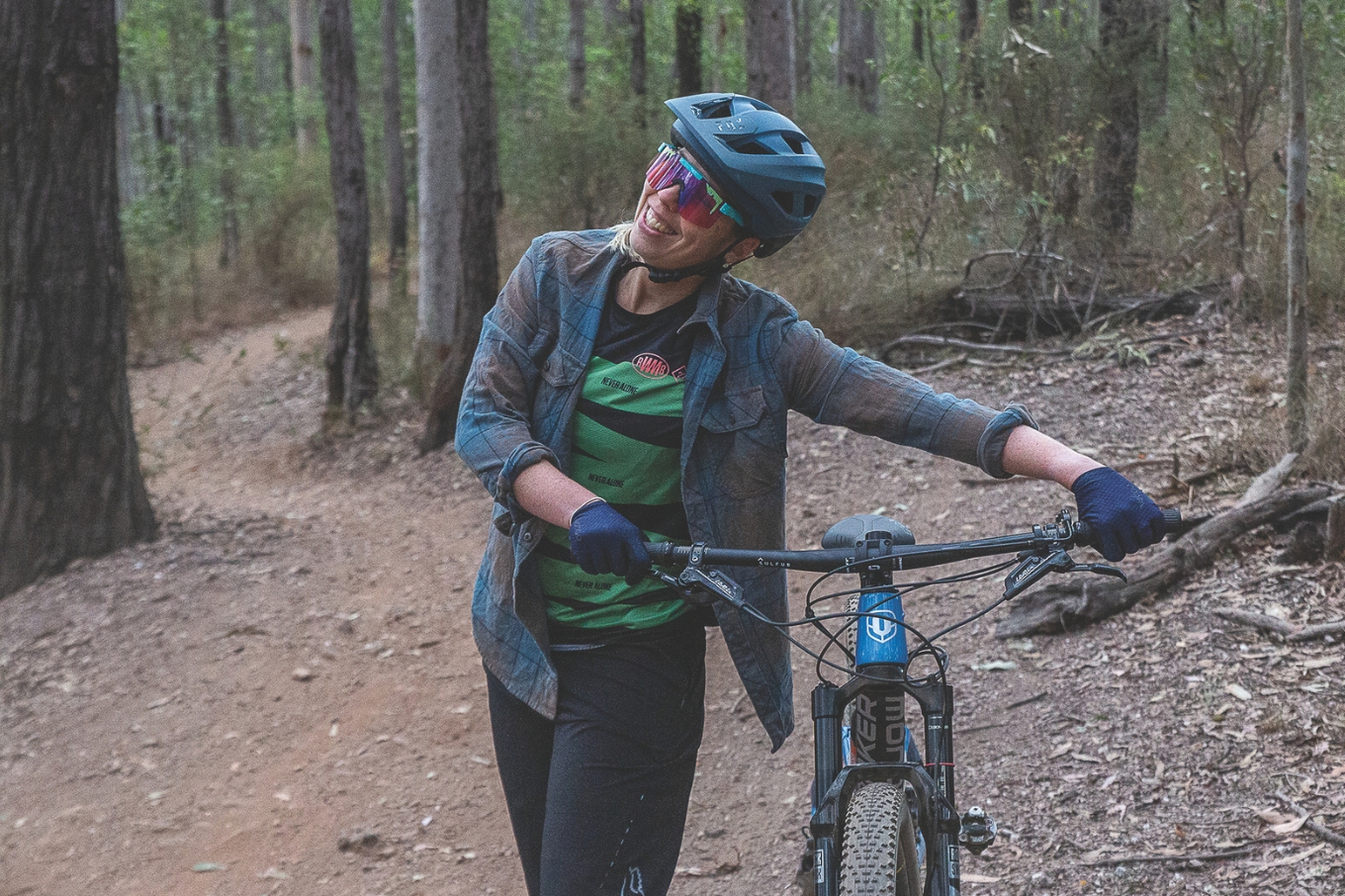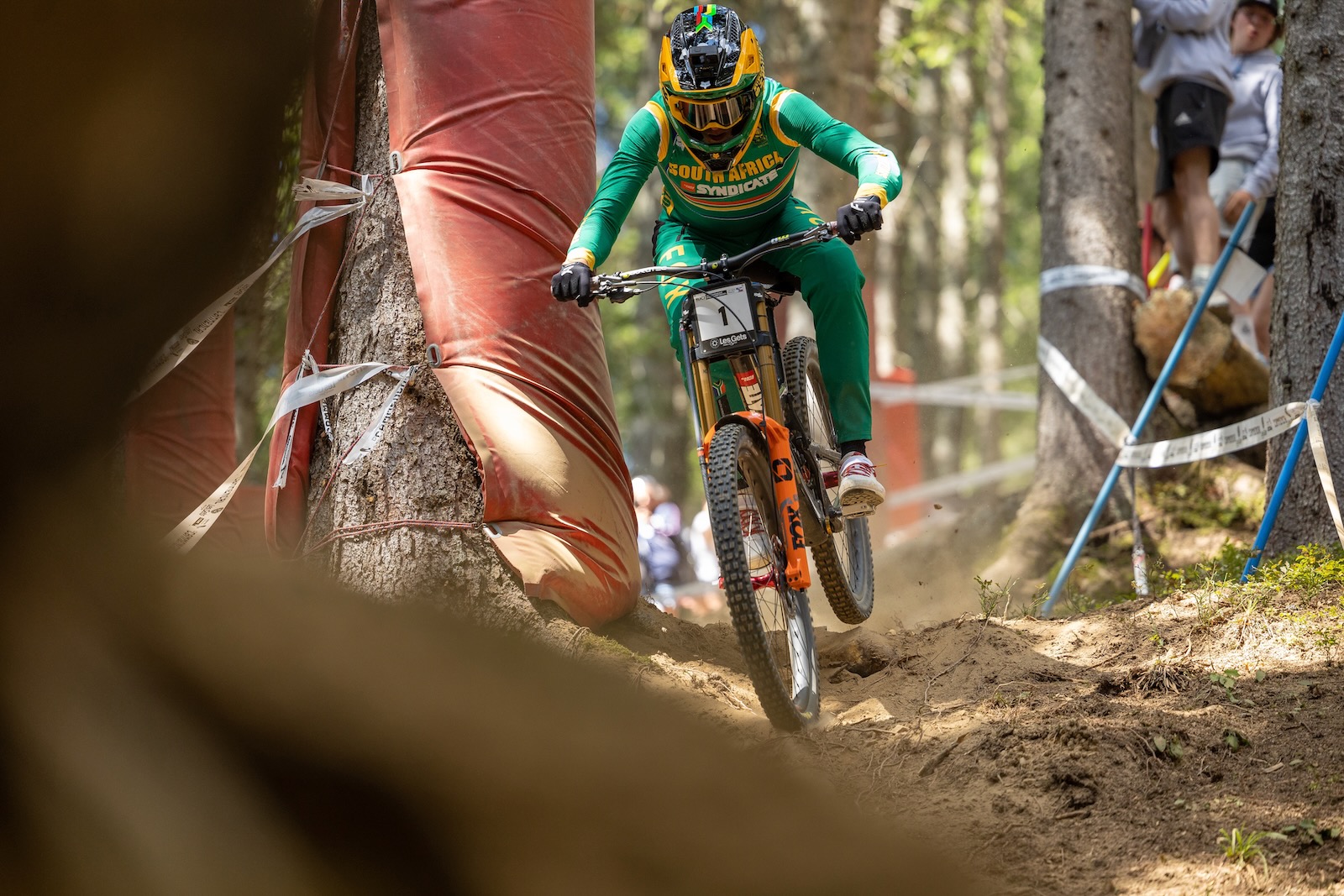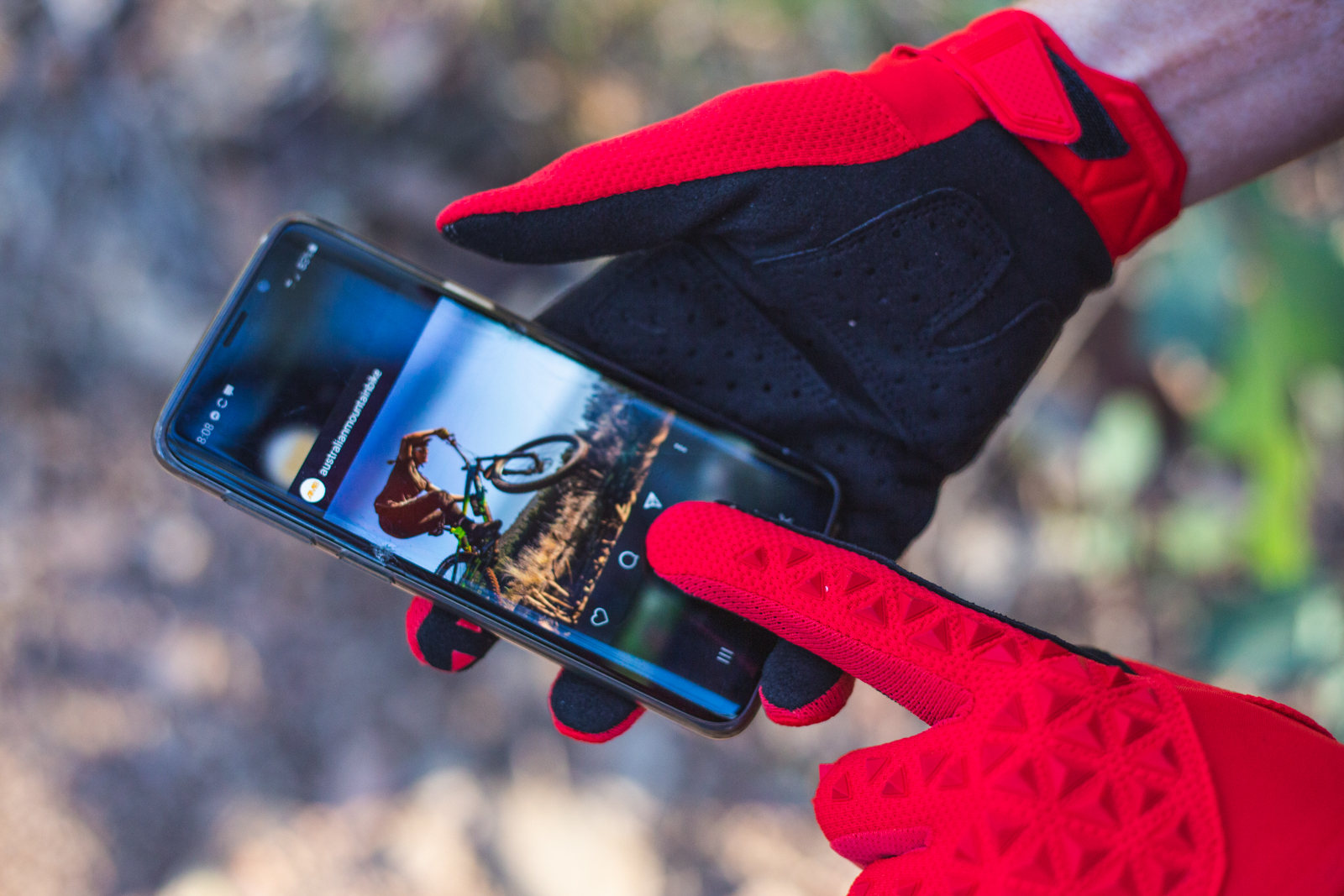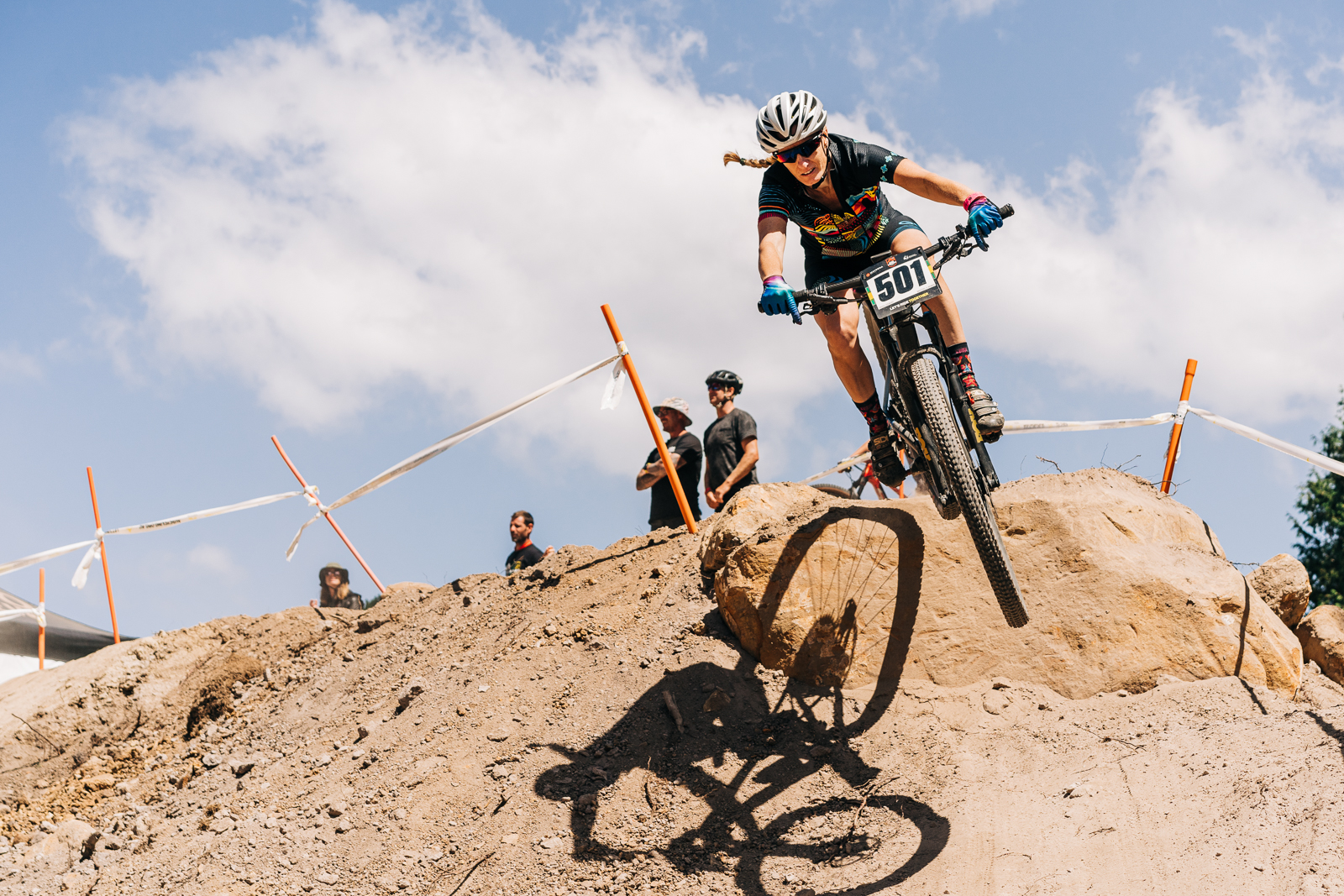Words: Anna Beck
Photos: Mike Blewitt, Nick Waygood
Most likely, if you’re reading this, you’re one of the majority of mountain bikers that works hard to play hard. Whether it be school or an office job, shift work or study, 99% of us that aren’t the professional 1% (or more likely, much less than 1%!) fit our riding around the rest of our life commitments.
Most people have between 4 and 12 hours available to ride per week, and while it’s never going to be as effective as the professional athlete’s 20+ hours of riding, mobility sessions, gym, nutrition, psychology and midday naps, there are a few hacks to enable the time you’re spending on your fitness journey is as effective as it can be for the time available.
-
Harness the power of the commute
There is evidence that for shorter events, multiple sessions a day can be as effective as one longer session. Enter stage right the commute! Once only used by those with helmet mirrors and SPD sandals (not that there is anything wrong with that!) the commute can be your secret weapon.
Regardless of how you use the commute, it gives you extra training time that would otherwise be dead time in a bus/train/car, it puts you in a great mood for the rest of the day, plus it helps the planet: it’s win win.
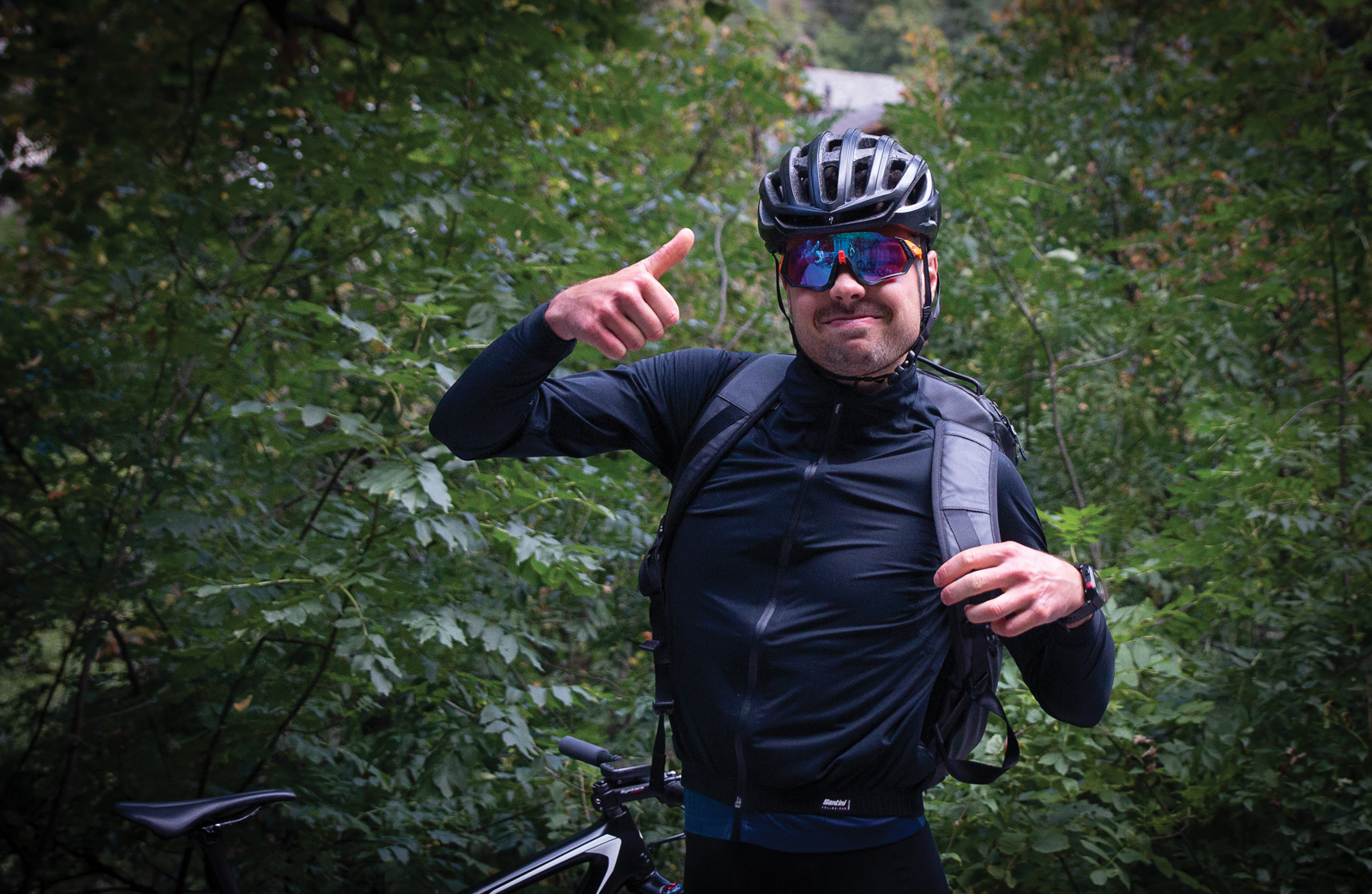
How to do it:
Select a route to work and back…then ride to work and back.
To begin with, it’s really as simple as that, and even a short 10km journey twice a day can add training stress and result in increased fitness levels. Once you have accustomed yourself to the twice-daily rides, there are many options for progression. You could increase the duration of one of the rides (ie: a longer ride to work via some trails or some hills) then use the ride home as recovery.
Alternatively you can incorporate a traffic light sprint ride into your regime: from a standing start at the lights/sign/stops, explode for of 15-20 seconds followed by endurance pace (be careful in traffic of course and only sprint when it’s clear and safe!), followed by an easy endurance ride home.
Watch out for:
Ensure you always have lights if there is even a small possibility of low-light conditions, and be really aware of how your fatigue level is going when you introduce commuting. By keeping one of the journeys extra easy you’re decreasing the risk of excessive fatigue, but don’t be afraid of catching the bus a couple of times a week for recovery as well, or having a few days of ‘easy’ commutes on both ends.
-
Quick and efficient indoor training
Indoor training is one of the most effective tools for time-crunched cyclists to increase their fitness, and that’s because it requires pedalling the whole time, plus it’s very easy to control intensity and perform efforts effectively. Unlike riding on the road or trail where terrain is undulating and there are stop signs and cars to avoid, the trainer is the ride of truth with no interruptions.
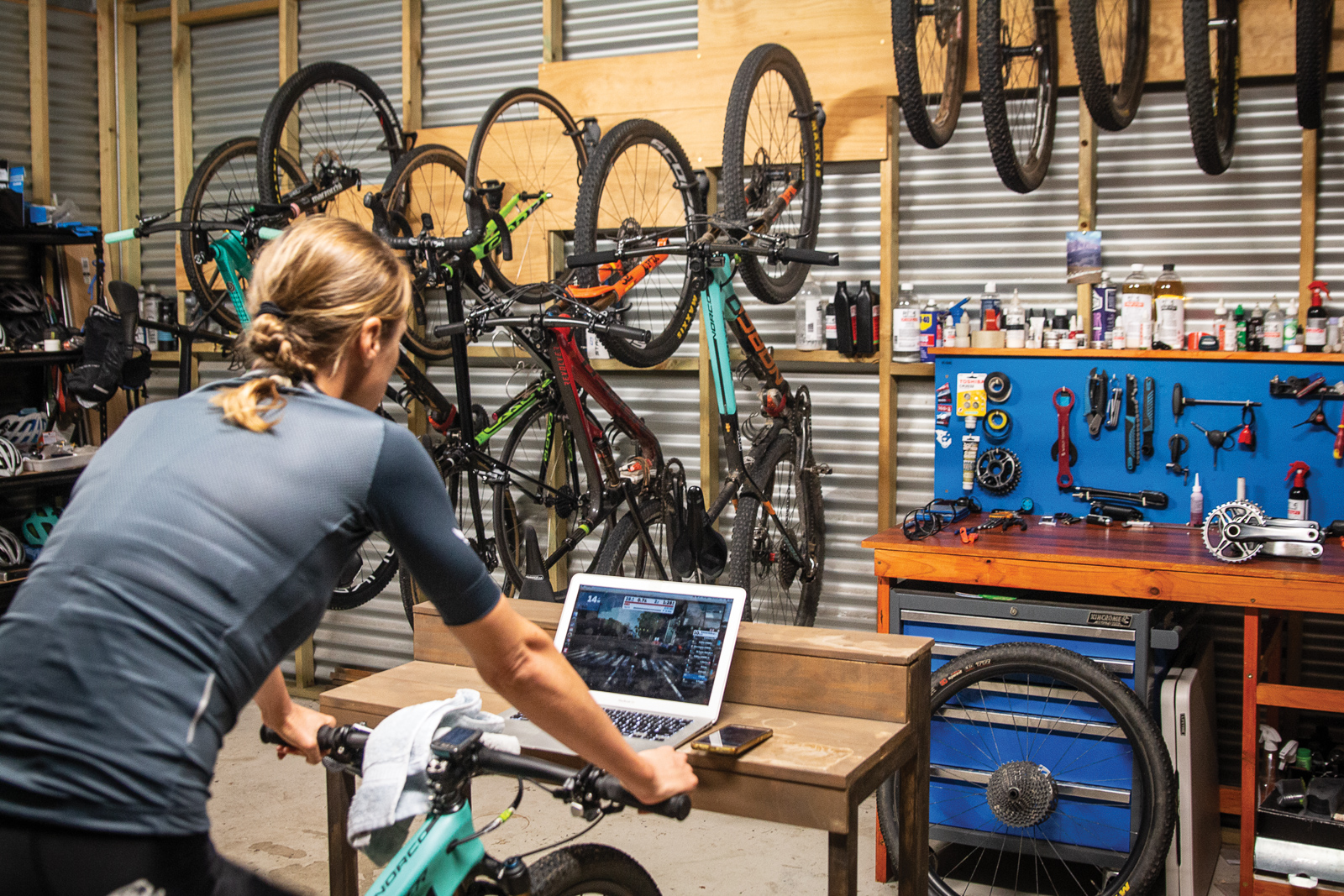
How to do it:
The world is your oyster with trainer sessions, however I generally recommend that athletes select sessions that are both mentally and physically engaging and keep sessions to <90mins (to avoid burning out the brain!), even a 40minute session can have big bang for your buck physiologically.
There are great training programs to use with indoor trainers: Zwift, Sufferfest, TrainerRoad and FulGaz all offer a range of sessions. Try to plan for your longer endurance sessions outside, and more specific sessions on the trainer. If you’re stuck for inspiration, try my race-sharpening over under workout!
Anna's Climbing over-unders:
Try this workout leading into priority races, it assists in FTP and VO2 development and simulates surging climbs and the uneven terrain encountered in mountain bike racing!
Warm up 10min RPE 3-4
30sec hard/FTP, 30sec recovery 5
2min recovery
Repeat 4x
2min at FTP/7 out of 10 RPE
30sec VO2 max/out of saddle/9 out of 10 RPE
2min recovery
Repeat 4x
2min at FTP/7 out of 10 RPE
30sec VO2 max/out of saddle/9 out of 10 RPE
2min recovery
Repeat 4x
2min at FTP/7 out of 10 RPE
30sec VO2 max/out of saddle/9 out of 10 RPE
10min warm down RPE 2-3
Watch out for:
If you’re using the trainer for high intensity sessions, make sure you come into your trainer days rested and ready to go. Set yourself up for success with a fan, a towel and snacks. Music is an ergogenic aid, and for harder sessions the right playlist can really assist. A personal preference is to have a movie or bike race on the computer, training app on the phone, and the techno bunker playlist banging all at the same time, while reading a book in recovery intervals. By trying a few different things you will be able to ascertain what makes the indoor trainer work for you.
-
Eating for success
Nutrition is a huge part of the performance pyramid, and a few easy hacks can assist with recovery and adaptation, while eating poorly and mistiming meals can set back fitness progress.
How to do it:
For longer rides >1hr consuming carbohydrate can be beneficial for performance as well as support immune function and recovery. The super-crunchy old roadies who don’t eat on long rides are kind of shooting themselves in the foot performance-wise, as it’s been shown time and time again that carbohydrate consumption is beneficial for performance.
But it doesn’t stop there, for longer or more intense rides, recovery nutrition is key for replenishing muscle glycogen stores and may assist with muscle protein synthesis. This means planning your ride to end in a main meal, or having a snack ready to go for after.
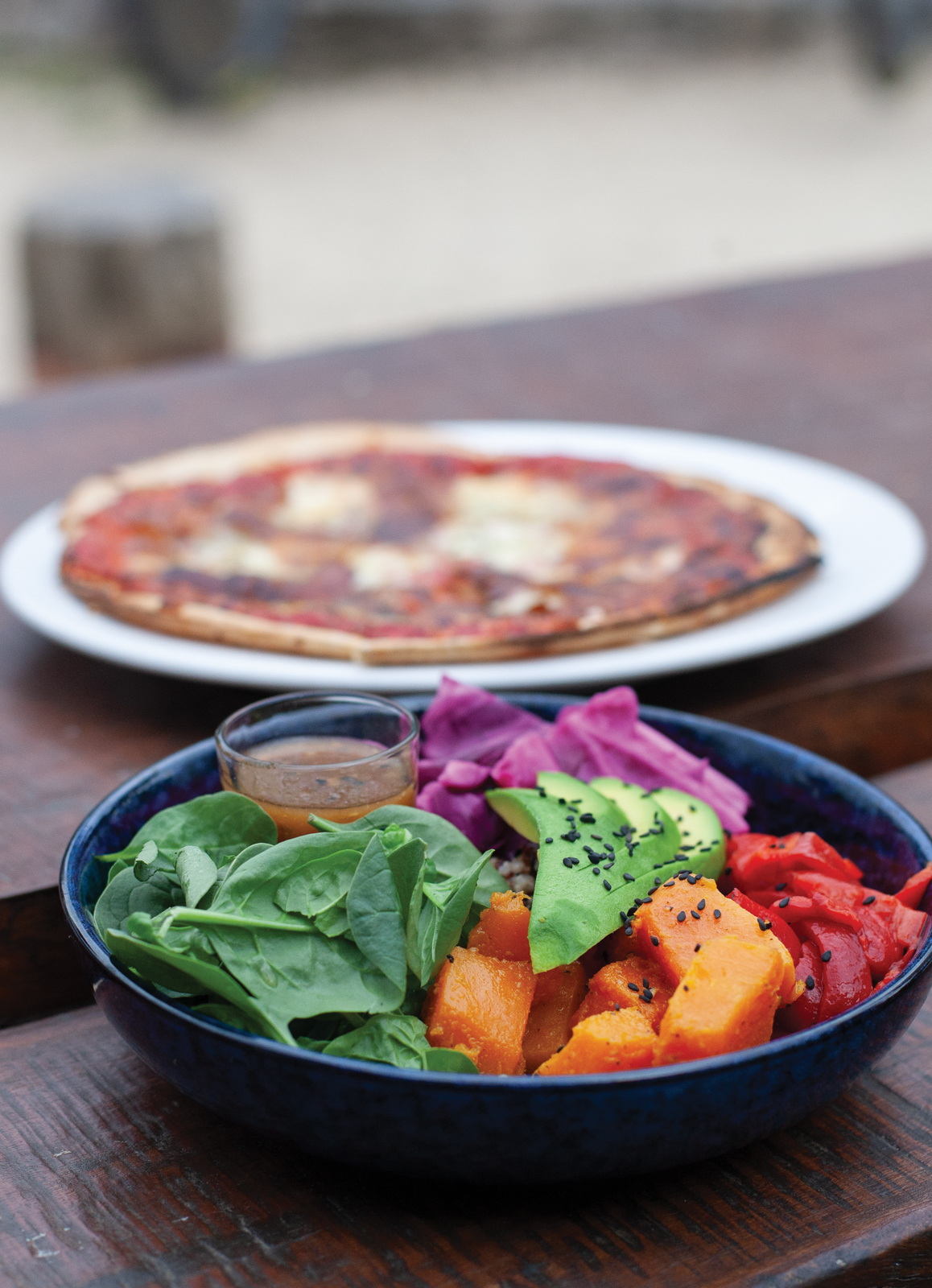
General nutrition is 90% of our intake, so it makes sense to optimise that in addition to directly fuelling our training and supporting recovery. It’s too easy to ride to work without food, then have a big greasy burger and chips, then ride home and have takeout. Making your own lunch and dinner is key to increasing nutrients and decreasing excessive calories in take-away. If you have a spare hour on the weekend, meal prepping is a great way to ensure your week is nutritious: make a large batch of casserole/stew/mince/salad brimming with veggies and store in containers ready for a week of eating well.
Watch out for:
Watch out for fad foods or ‘superfoods’, anything endorsed by a celebrity or promising quick-fix weightloss, and diets that are overly restrictive. We all know what healthy eating is: emphasising fruit and vegetables, whole grains and quality proteins. While processed protein shakes and recovery drinks can be very useful when travelling or unable to use real food to recover, they’re not necessary as an every day food.
-
Mobility and training adjuncts
I’m letting you guys in on a little secret here: I am that weirdo that work that gets down on the floor and does yoga during meal breaks. Professional athletes spend hours a week working on mobility and strengthening movement patterns, with activation exercises, yoga and stretching.
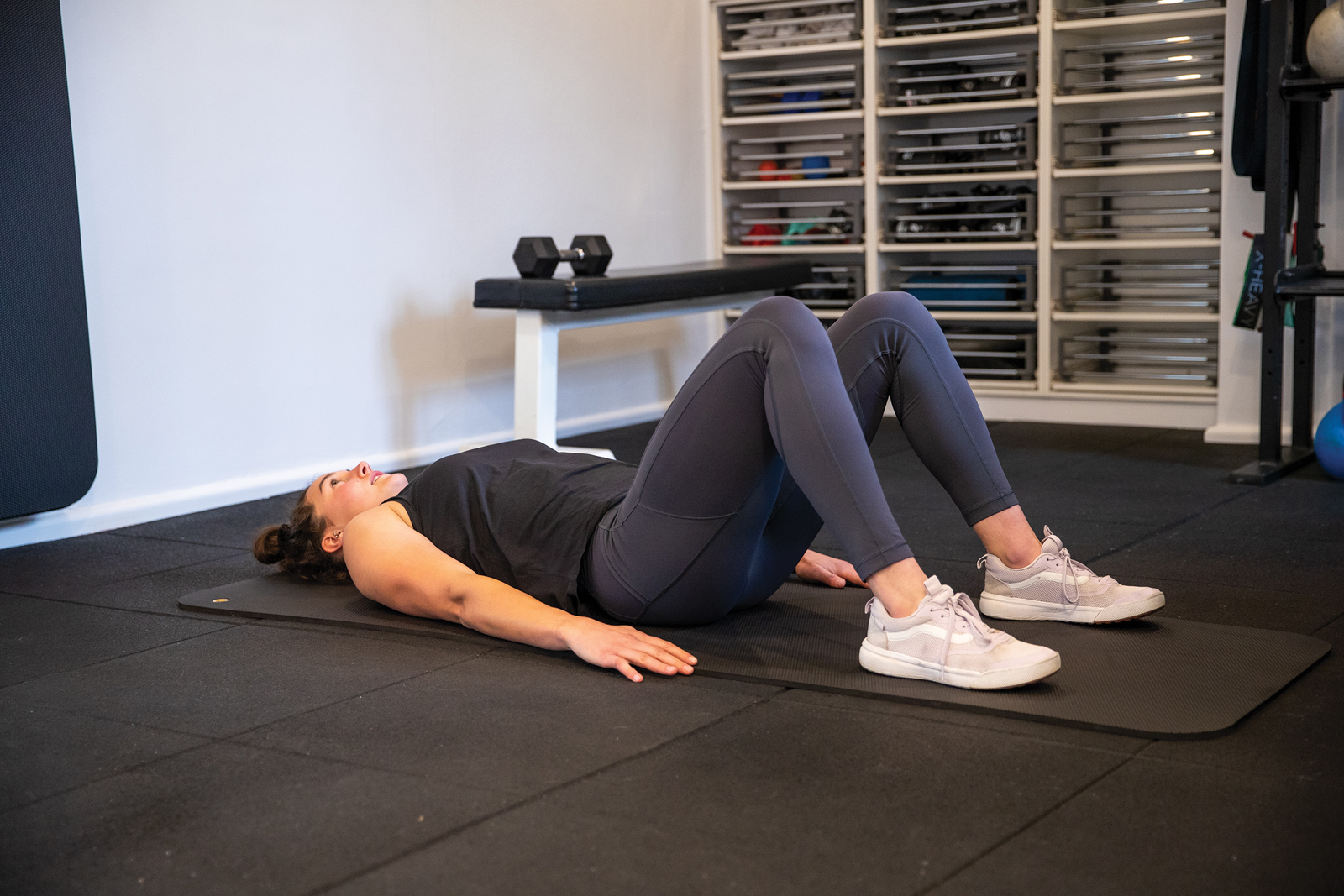
For those of us without the free time, just a few minutes once or twice a day can really assist in reducing injury and strengthening symmetry on the bike, as well as increasing core stability, power output, recovery and general conditioning.
How to do it:
It’s as easy as getting the foam roller out in front of the tele, or doing some glute bridges while you listen so some music. Or, if you’re very brave, crack out a YouTube yoga in the tea room. Got a few free minutes? Throw down a plank. Looking after yourself even in the smallest of moments can have profound impacts on how we feel in the coming days and weeks. Take that 5 minutes of scrolling, and use it to feel better for your next session instead.
Keen on more training articles? Click here.

